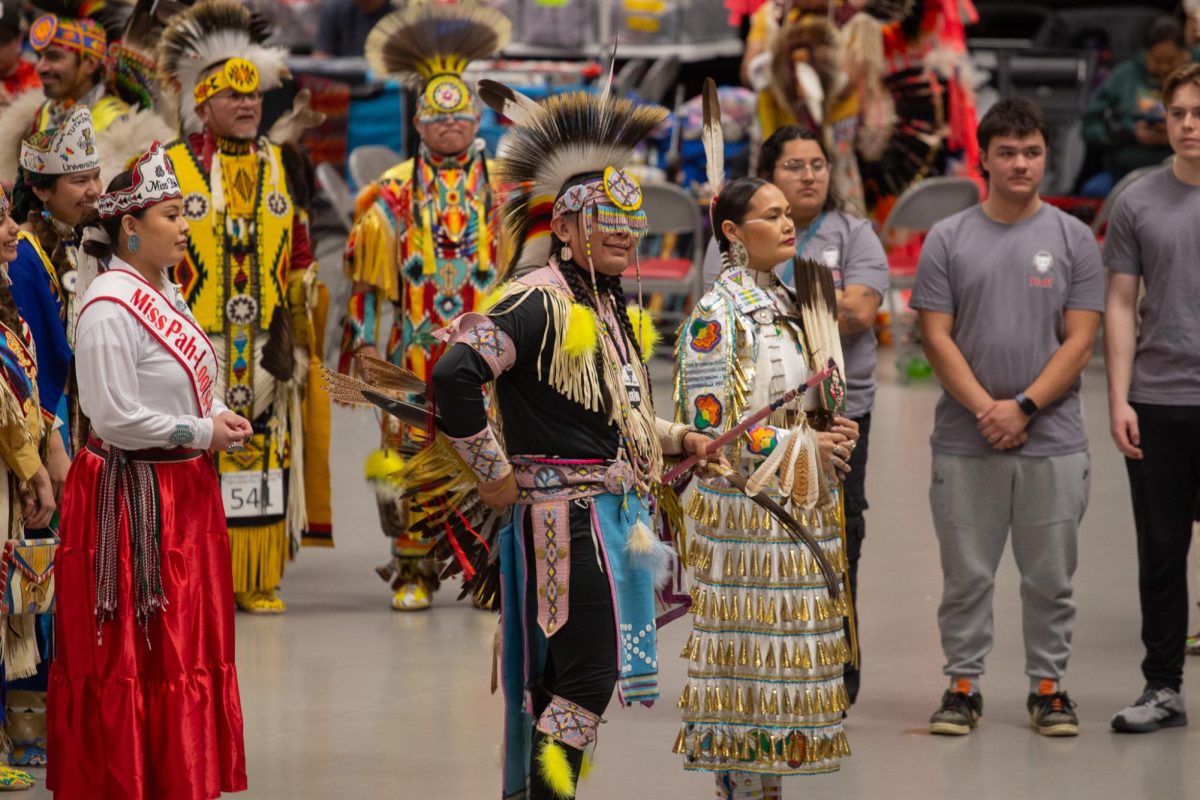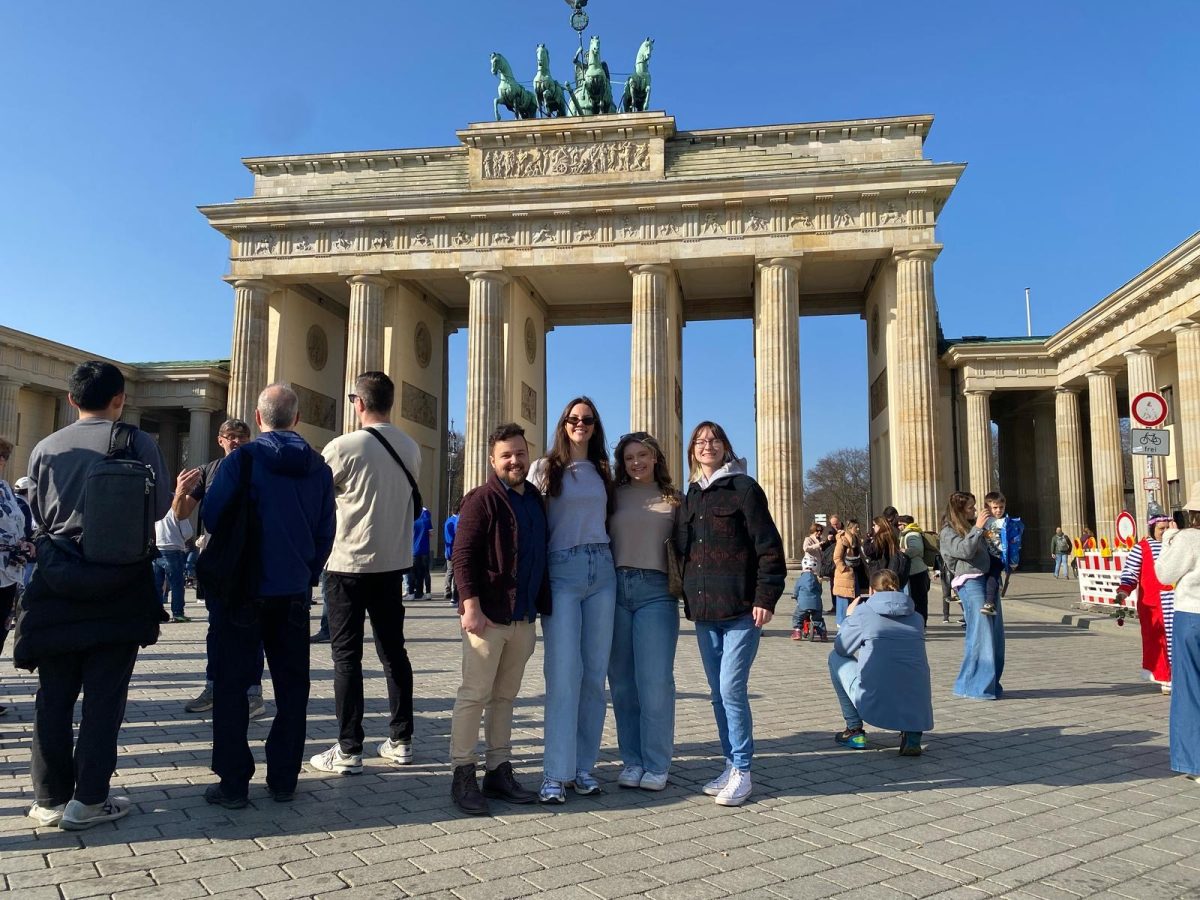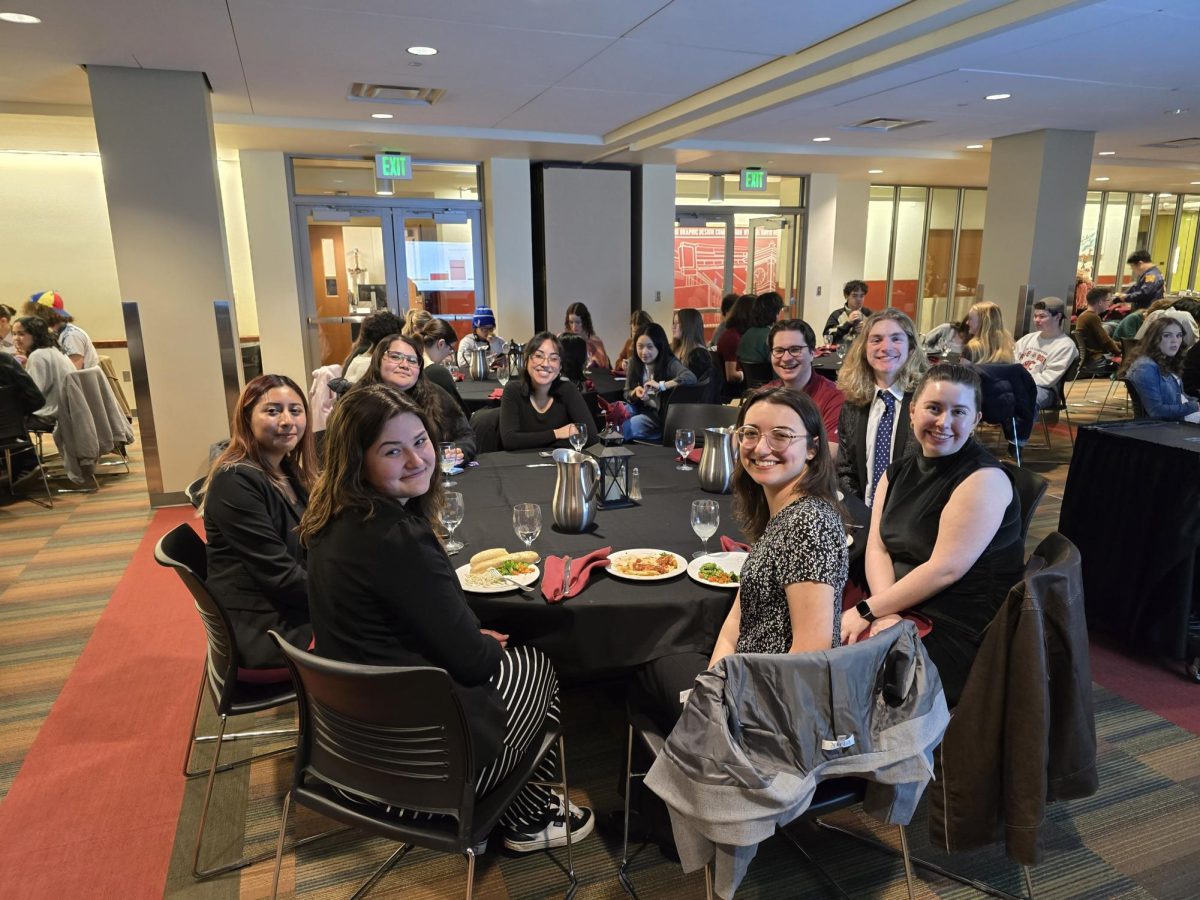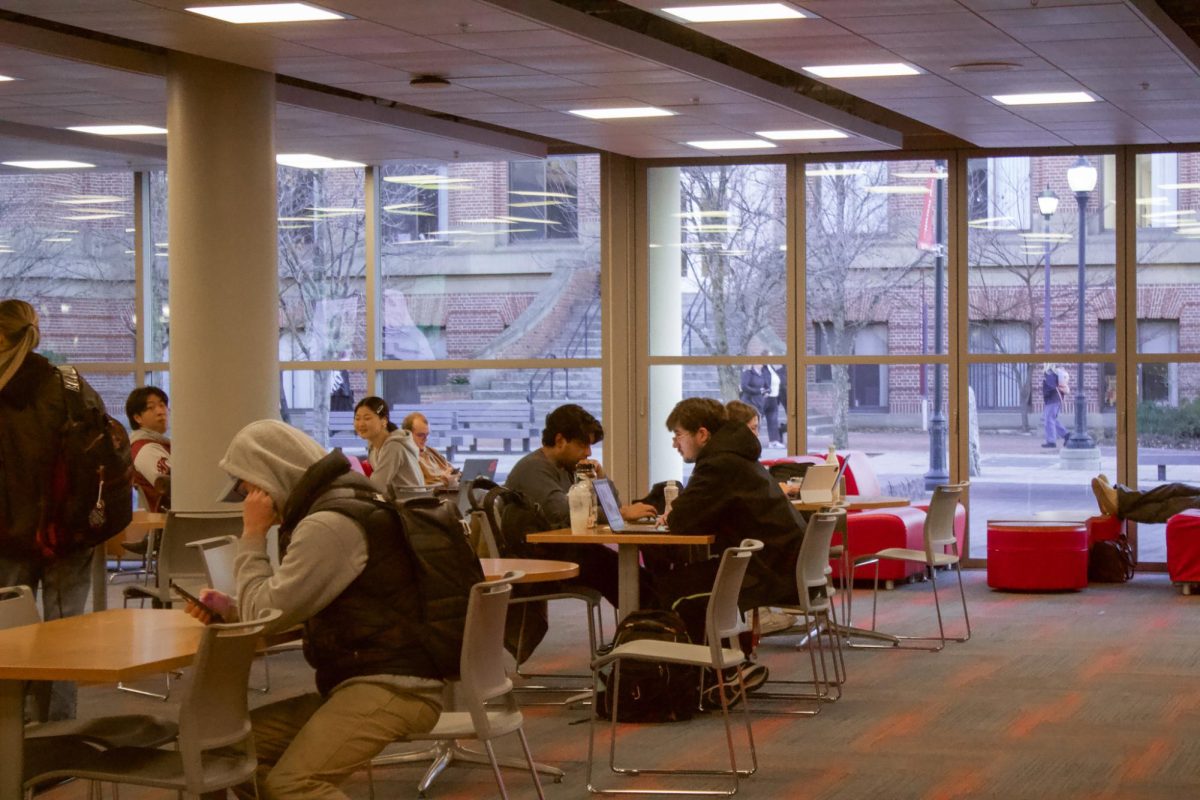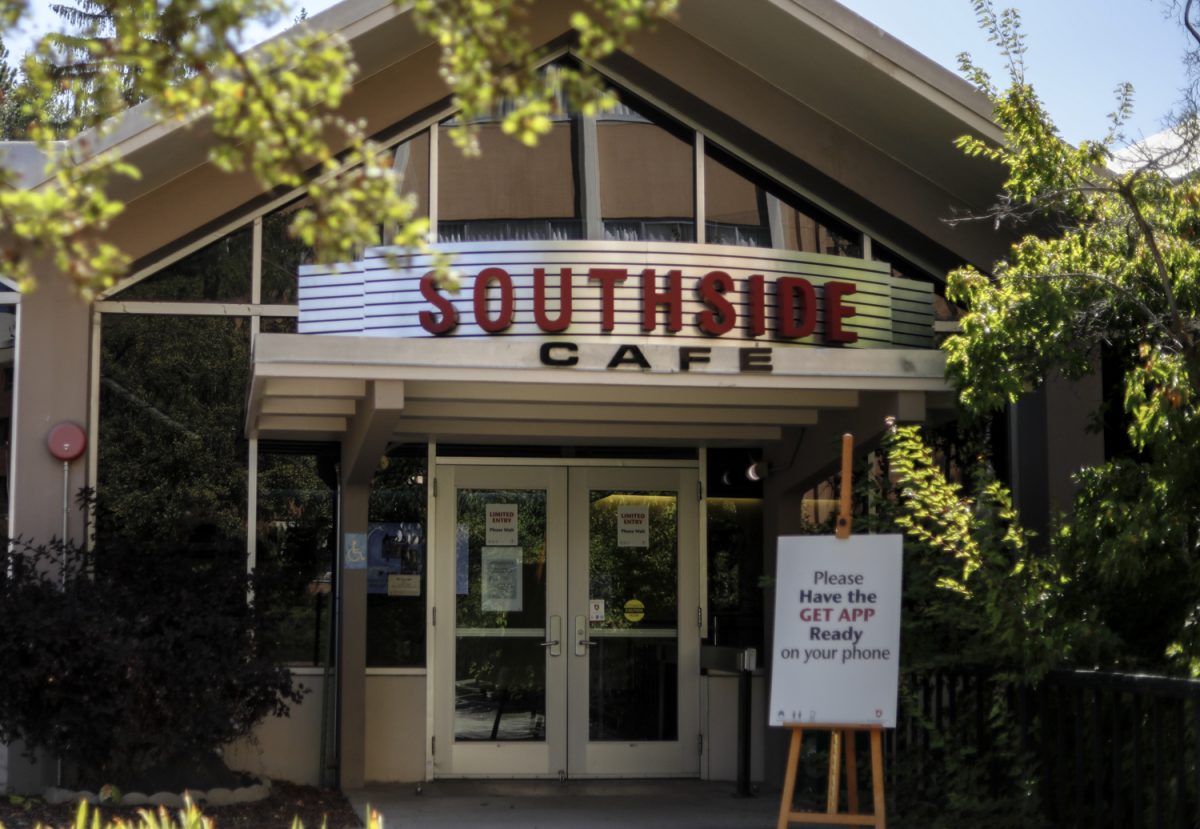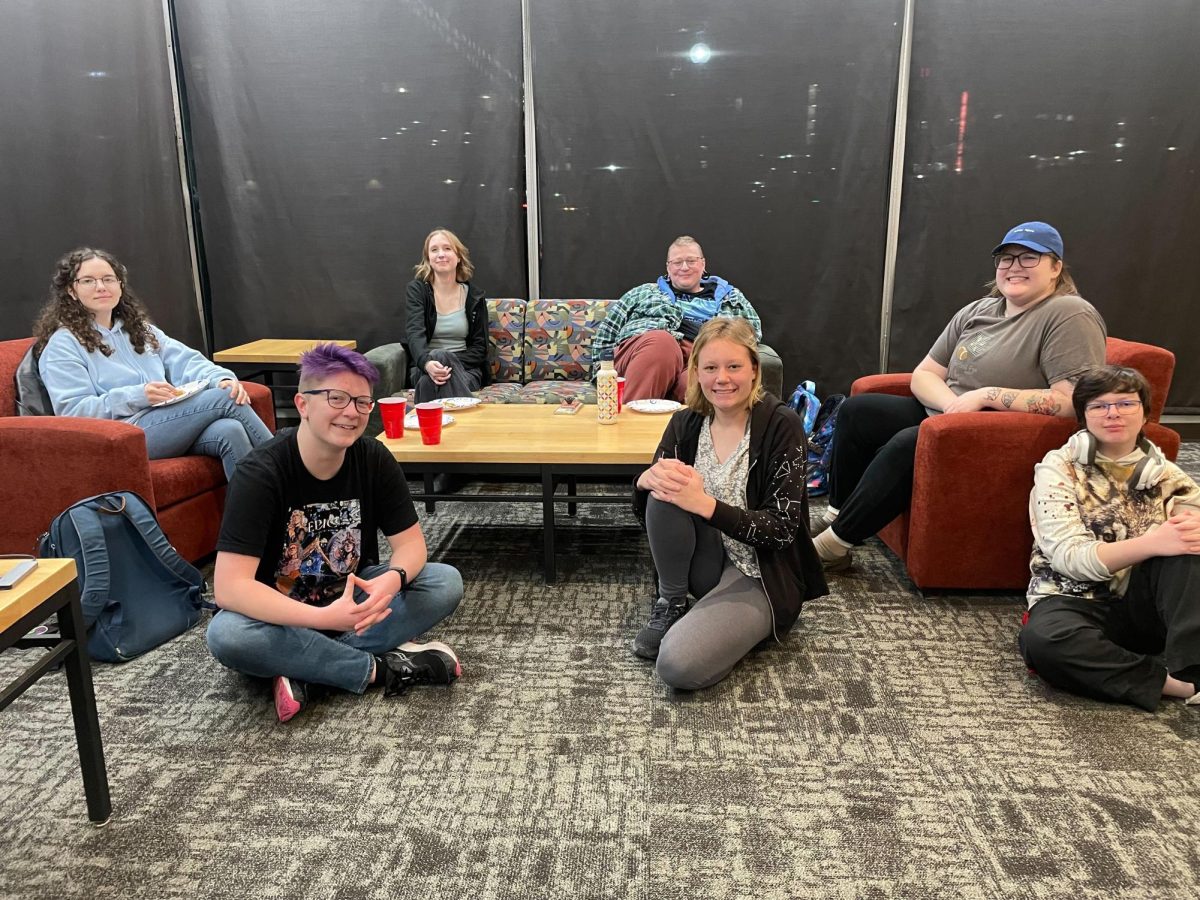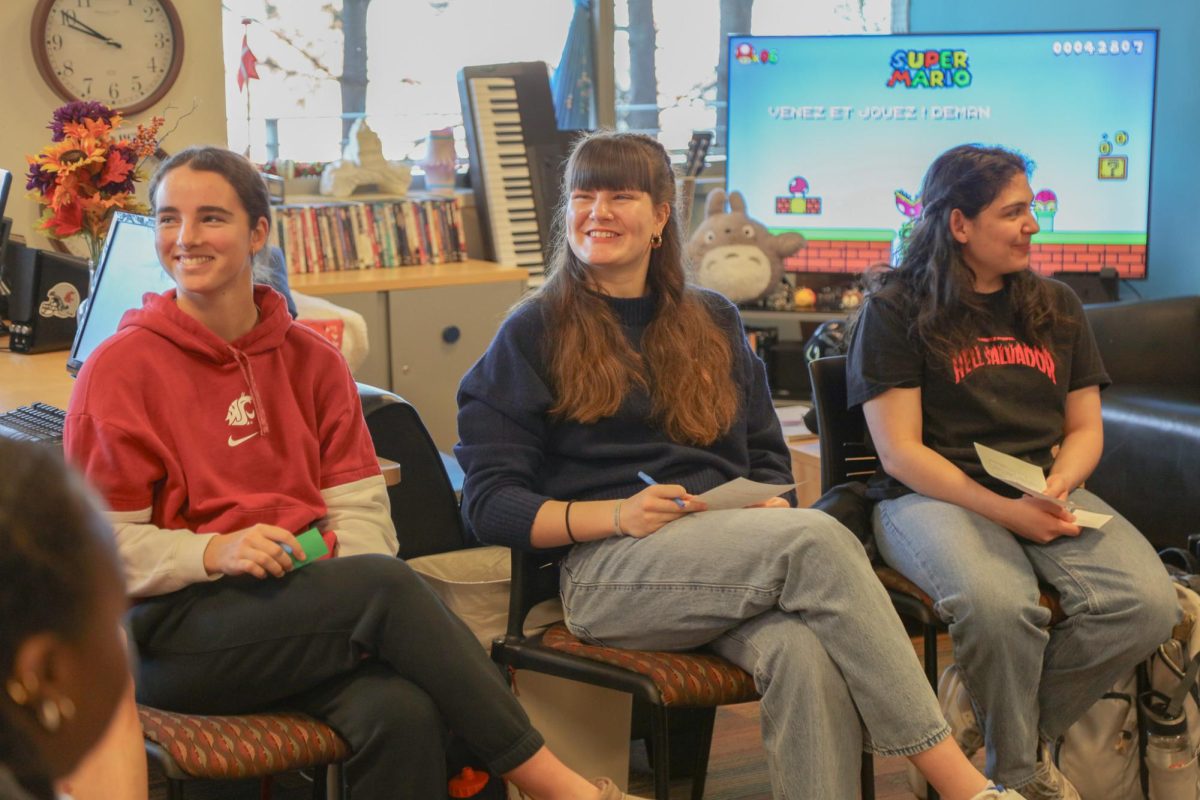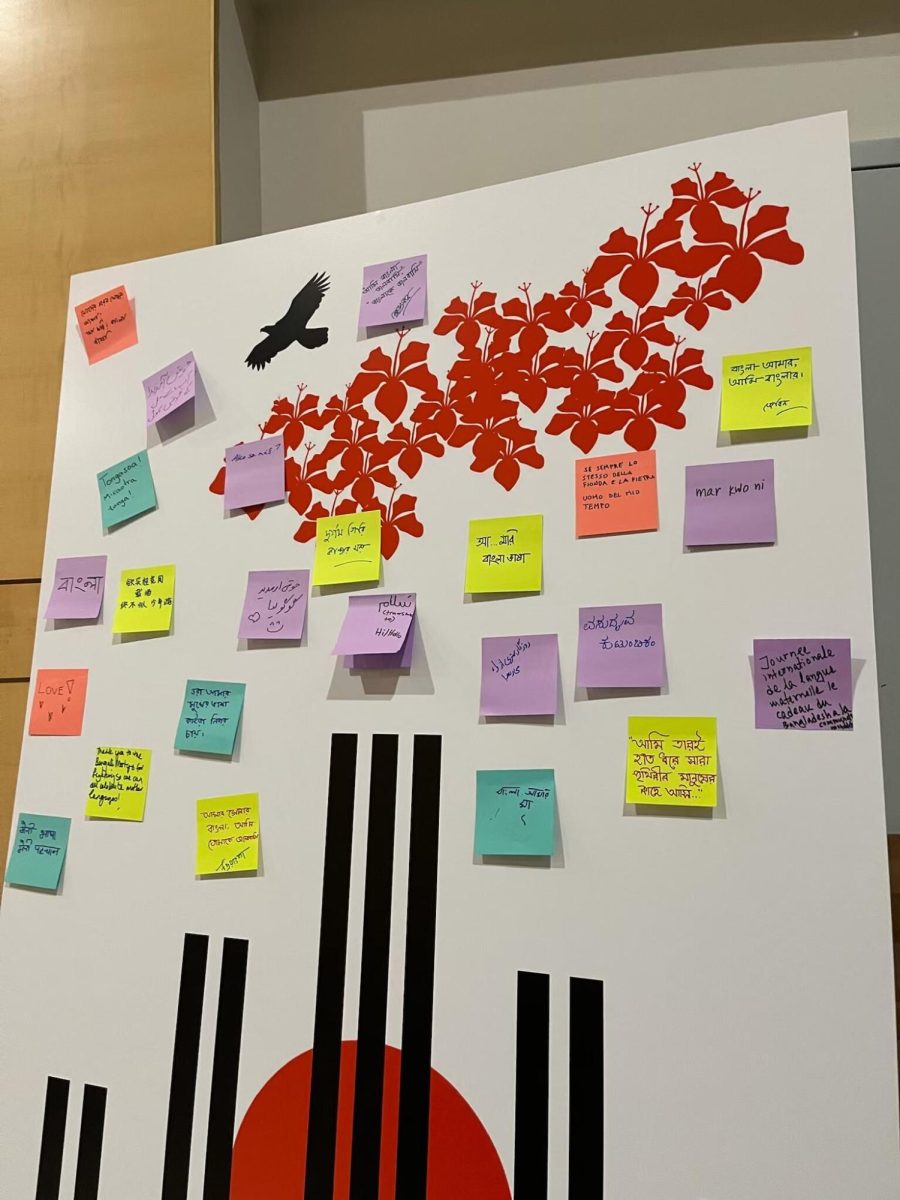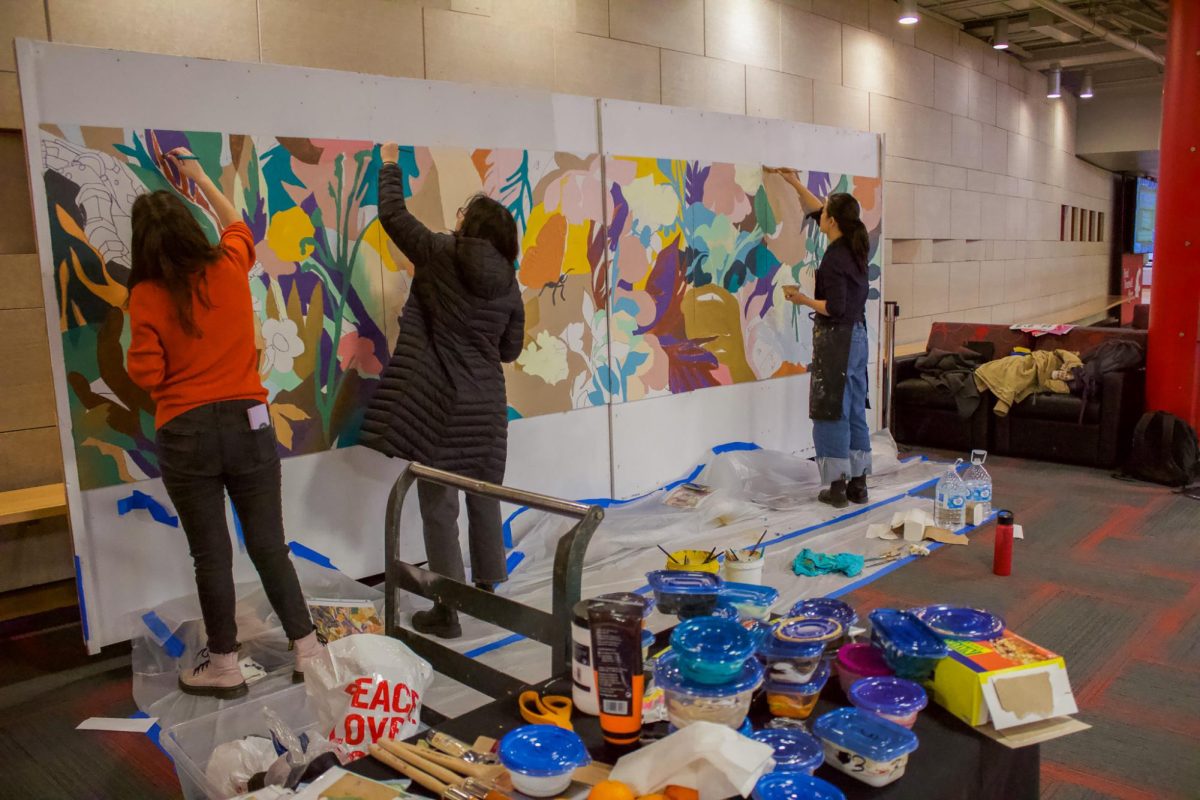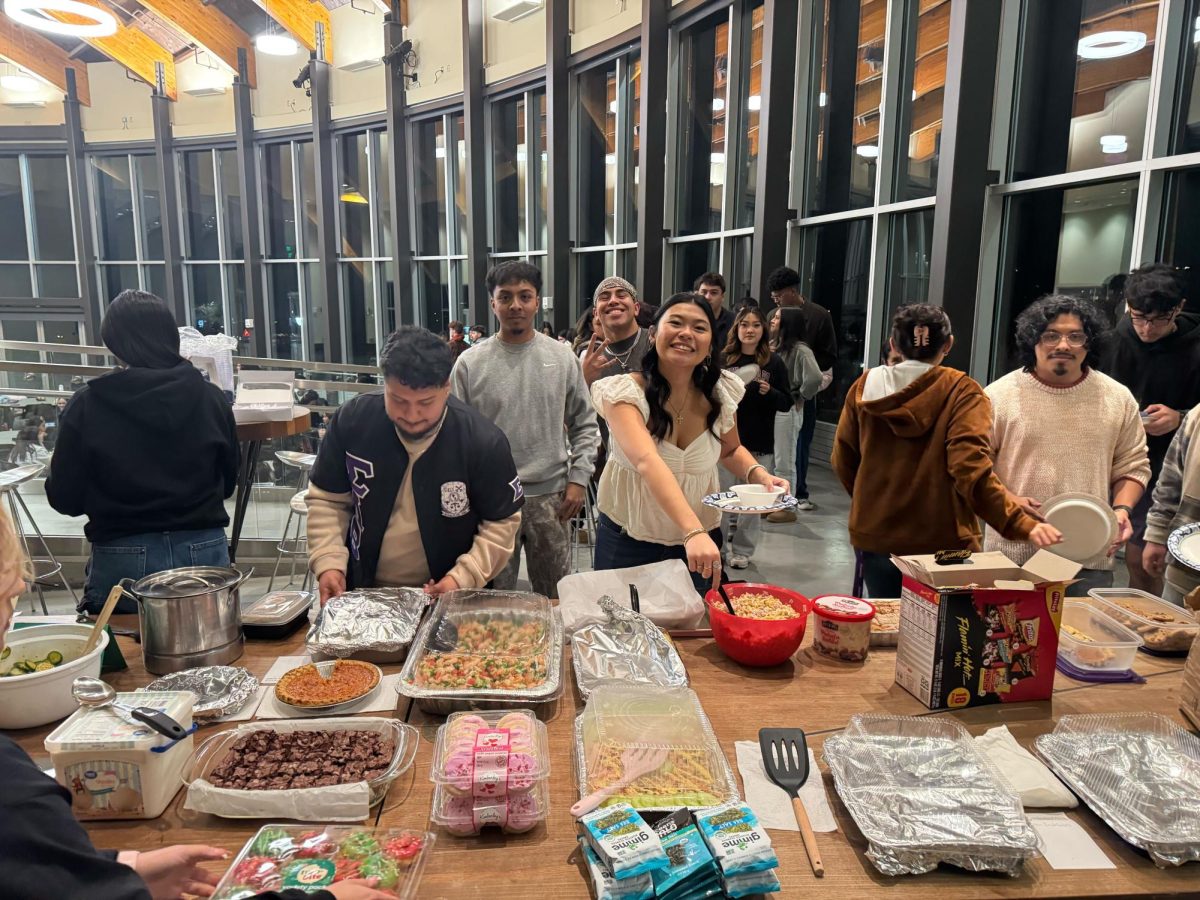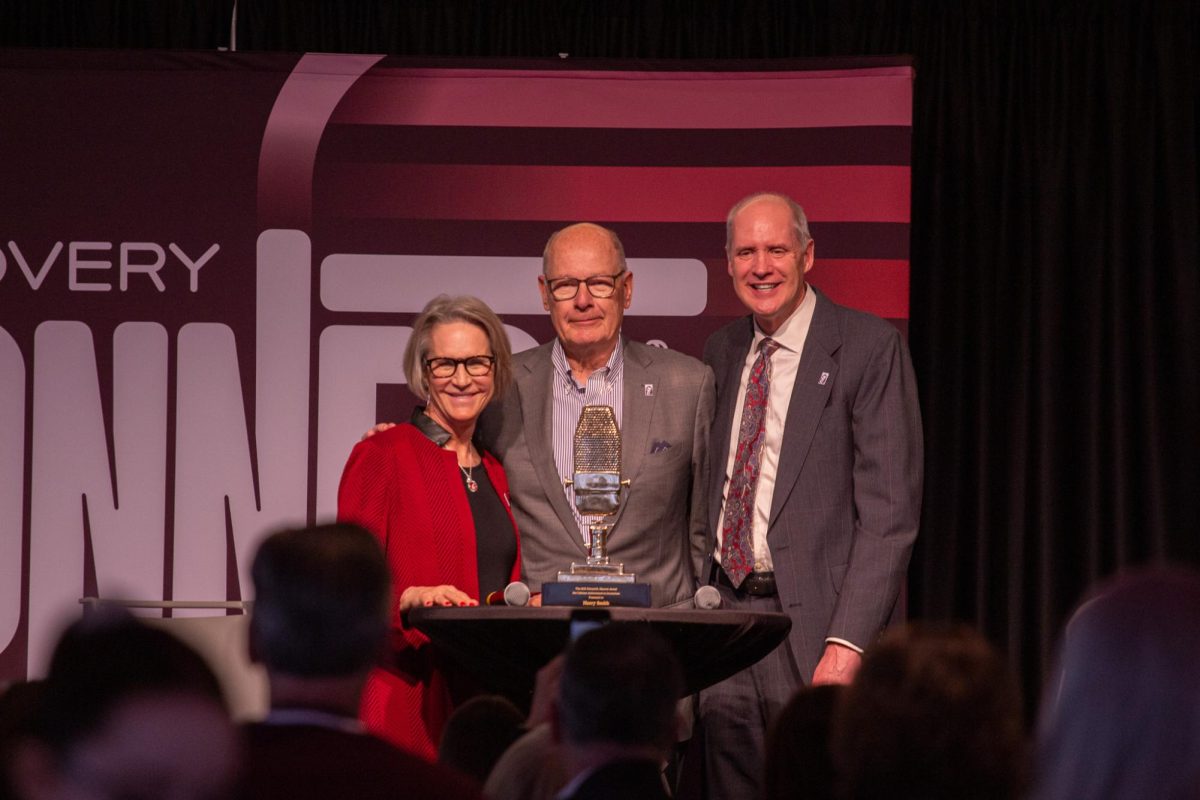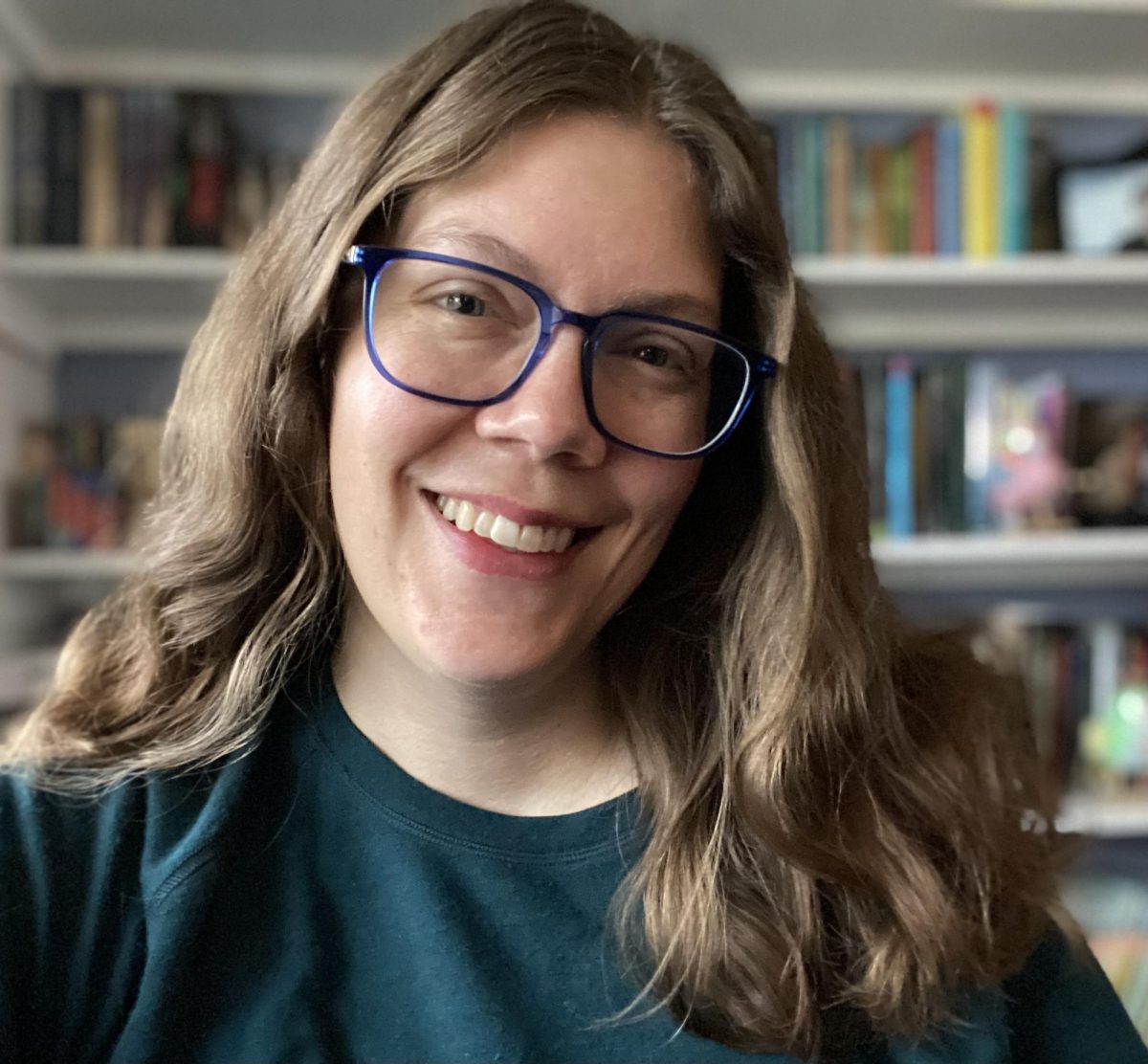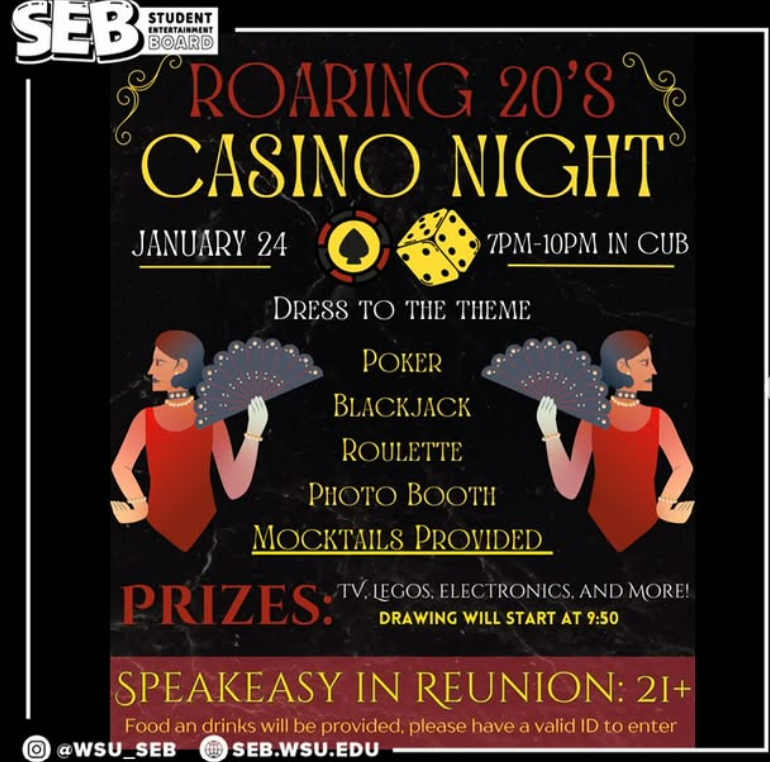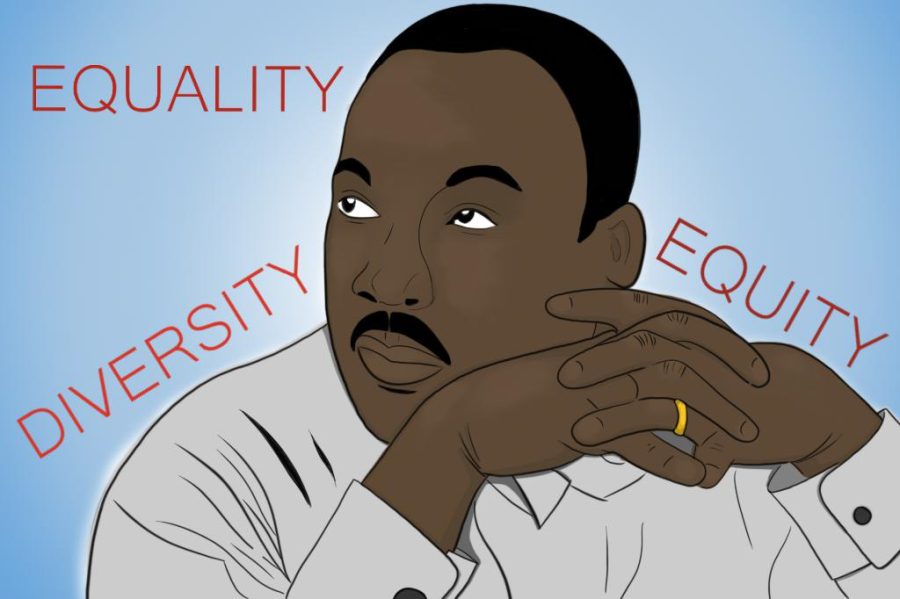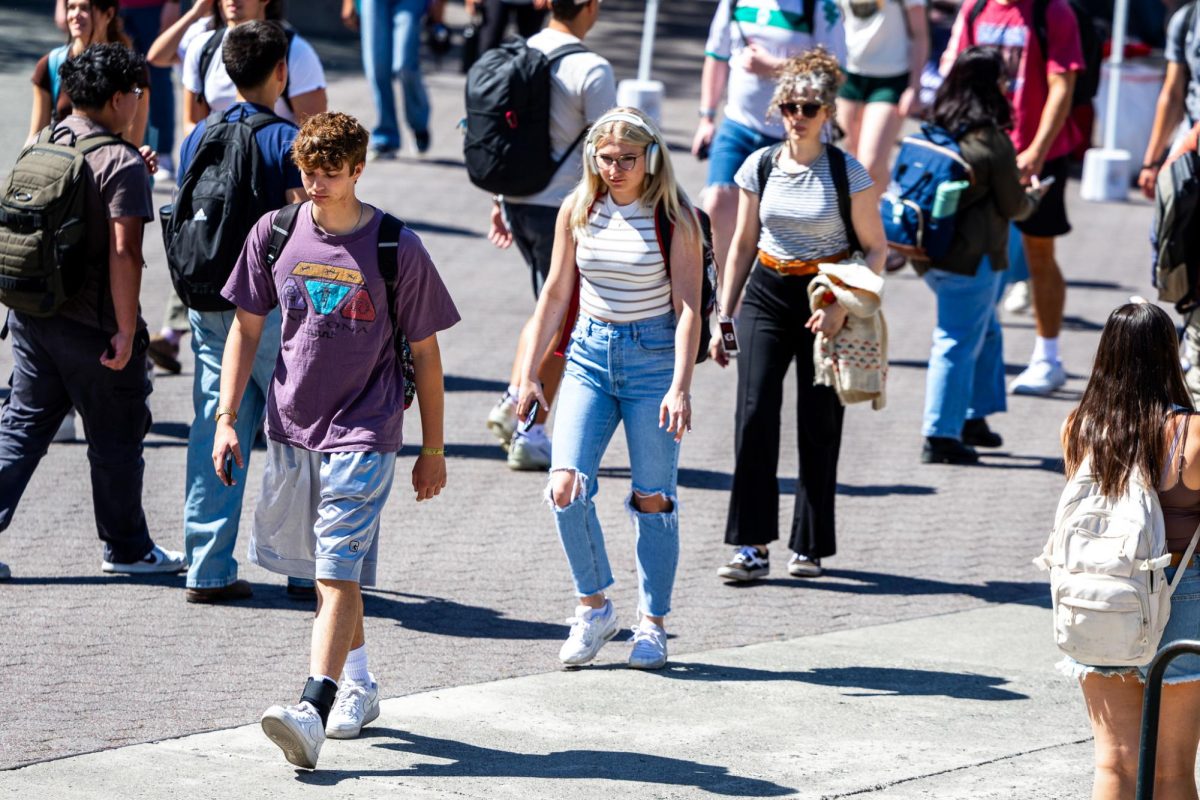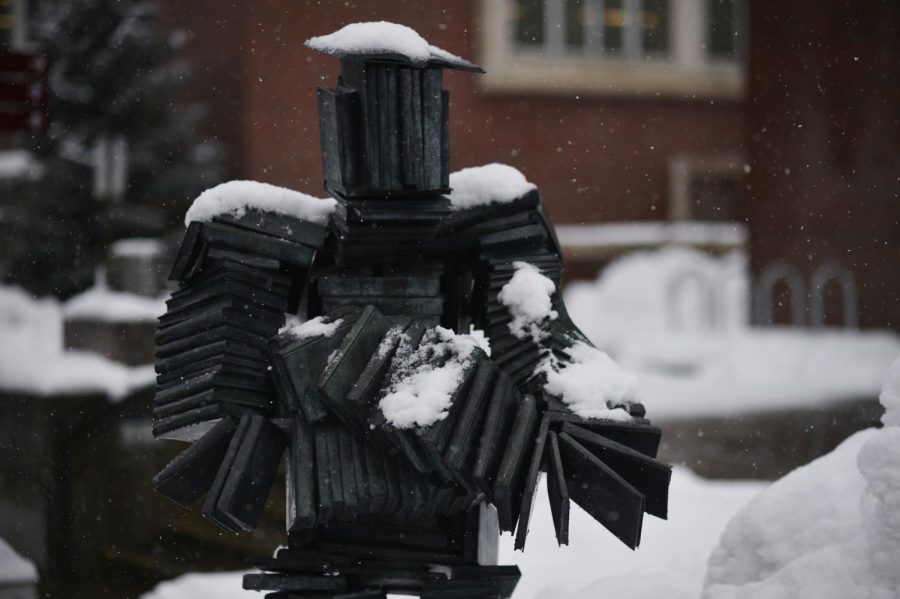It began with a roll call.
The 5 p.m. Grand Entry of the 46th annual Pah-Loots-Puu Powwow started with MC Toby Patrick announcing a drum roll call. As he called out their names one by one, each group of drummers beat their drums — White Hawk, Silent Hill, Willow Creek, White Wolf and Lightning Creek being just a few of the participating Drums.
The Native American Student Organization, Ku-Ah-Mah, organized the Powwow. Pah-Loots-Puu means people of the rolling hills and Ku-Ah-Mah means cougar in Nez Perce, Ku-Ah-Mah advisor Joelle Edwards said.
Powwows are put on by Indigenous people but are for everybody; if someone has been to one Powwow they have been to all since they are typically very similar in style, she said.
“Powwows are a social gathering, a way for people who haven’t seen each other in a long time to come together and show and share culture,” she said.
The event was split into two Grand Entries, one at noon and the other at 5 p.m., both being nearly identical to each other.
Following the MC, all participating dancers lined up in a row and danced into the center of Beasley Coliseum, forming a large circle as the host drum, Black Lodge from White Swan, sang and drummed.
According to the flyer Ku-Ah-Mah posted, there were also specials, or additional events: a men’s grass dance, men’s chicken dance, women’s jingle dance and an Easter egg hunt for the children.
The Head Man and Woman for this Powwow were Alex Meninick and Acosta Red Elk. The Head Man and Head Woman are tasked to oversee leading the dancers and serve as role models, Edwards said.

Head Man Alex Meninick of the Confederated Tribes and Bands of the Yakama Nation performing at the 46th annual Pah-Loots-Puu Powwow at Beasley Coliseum, March 30, in Pullman, Wash.
“People travel from far away to attend Powwows, depending on who the host drum is or who the Head Man and Head Woman are, that’s what brings some people to the event,” Edwards said. “If someone knows someone participating people want to show their support.”
There were around 200 dancers and 14 drum groups in attendance.
This Powwow is confsidered a contest Powwow, in which dancers compete for prizes. In this case, the prizes consisted of blankets and other items such as gathering baskets from Eighth Generation, an Indigenous-owned business from Seattle that supports Indigenous artists, Edwards said.
Vendors at the event sold items ranging from beaded jewelry to shirts and jackets, body butters and reusable bags, she said. Concessions featured tacos, fry bread and other food items, purchases which helped to fundraise for next year’s Powwow.
“Often Native art can be appropriated, so it’s really awesome to know where your products are coming from, and in this case, they are coming from the person who is sitting behind the table, beading the earrings as they’re being sold,” Edwards said.
Edwards teaches a Powwow planning course, which has around 15 students, each spring. They begin to plan the Powwow and even reserve Beasley Coliseum a year in advance.
Fabian Mondejar, Native American Women’s Association president, said she helped out with creating the Powwow flyer, fundraising for a new crown to crown the royalty and setting up information booths.
Ku-Ah-Mah did a majority of the fundraising for the Powwow, with on-campus fundraisers and booths both on-campus and at the Powwow itself. They also reached out to different tribes and organizations, who donated money, she said.
“Planning the Powwow is super stressful and a huge time commitment, as we started planning last spring up until now, so my favorite part was the Powwow itself and seeing the dancers and overall being a part of the process,” Mondejar said.



